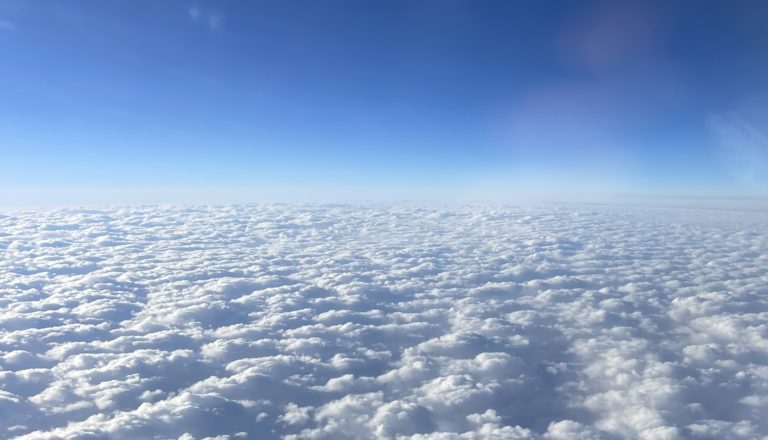Vapor Intrusion
Vapor Intrusion occurs when harmful soil contamination changes phase from liquid to vapor underground and moves upward through geologic layers and building foundations, accumulating within indoor air.
Vapor Intrusion occurs when harmful soil contamination changes phase from liquid to vapor underground and moves upward through geologic layers and building foundations, accumulating within indoor air.

Vapor Intrusion & Soil Vapor Testing A vapor intrusion investigation entails the study of toxic soil gases that migrate through the subsurface and into the living spaces of structures aboveground. Geologists perform soil vapor tests to evaluate the presence of vapor-phase contamination underground. Additionally, the chemical content of the vapor samples is examined for toxicity…

Twinning Definition Twinning is the observed intergrowth of multiple crystals in a symmetrical fashion. This term applies to the examination of rock thin sections, in the field of optical mineralogy.

Geology Geology: Geology is a field of science relating to the earth, including but not limited to the earth’s resources, physical processes, chemical properties, history, and future. Additionally, the science of geology includes the study of other terrestrial planets, such as Mercury, Venus, or Mars. Branches of Geology There are numerous branches of geology that…

Tsunami Tsunami: In the seismology branch of geology, a tsunami is an oceanic wave (gravitational) that is produced by seismic activity on the ocean floor. Common triggers of tsunamis are large-scale short duration earthquakes, volcanic eruptions, or other submarine earth movements such as subsidence and slope failure.

Phase 1 Reliance Letter Cost & Price A Phase 1 Reliance Letter cost can vary. However, typical prices for a Phase 1 ESA Reliance Letter range from $250 to $600. Moreover, prices for a Phase 1 ESA and Phase 2 ESA Reliance Letter together can range between $850 and $2,000. In addition to the time spent preparing…

Settlement Definition In the field of geology, The term settlement means a gradual downward movement of the ground surface. This is generally due to soil compression at on a larger scale, atdepths that are below the ground surface.